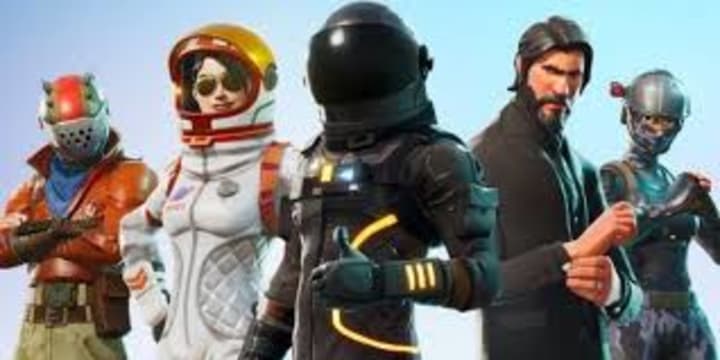
Non fungible tokens represent a whole new way to do business with digital assets.
What are NFTs?
NFT stands for Non-Fungible Token. It’s a type of digital file that’s unique. The best way to think about NFTs is as a token for a single item of value (think gold, artwork, or any other asset). Today, people are using NFTs to authenticate ownership of all sorts of things:
The short answer is that they are a type of digital file that is unique. Think of them as digital autographs — one-of-a-kind certificates, signed by their creators, that prove ownership of a piece of work or information. The best way to think about NFTs is as a token for a single item of value. That value can be anything from video games, art, music and even tweets!
NFTs are a type of digital file that’s unique.
According to Investopedia, NFTs are a type of digital file that's unique. They're an example of a token, which is any item that can be traded for something else. If you've ever earned tokens at a theme park or arcade, then you know the concept: trade tokens for rides and games.
NFTs are not types of cryptocurrency, but they can be used to track ownership of a digital asset. For example, imagine you have an NFT that represents your copy of Minecraft in Java (the original version). The NFT would represent something unique (your copy of Minecraft), but it would not give you monetary value unless someone wanted to buy it.
The best way to think about NFTs is as a token for a single item of value.
The best way to think about NFTs is as a token for a single item of value. It's not the same as an entire collection, or even an entire category of items. If you're thinking about something along the lines of trading cards, you're probably thinking in the wrong direction. An NFT can be anything from a single digital image or video file to an upcoming ICO release, and if someone's willing to buy it, then there will be someone willing to sell it.
People are using NFTs to authenticate ownership of all sorts of things.
In recent weeks, headlines have almost exclusively been focused on the crypto world’s hottest new craze: NFTs.
However, more and more people are using NFTs to authenticate ownership of all sorts of things. For example, NBA star Spencer Dinwiddie has seen tremendous success selling an investment product backed by his future earnings (aka an IOU) as an NFT.
They have found uses in the art world, but also domains such as gaming, collectibles and more.
We all know that the crypto world is growing, and NFTs are no exception; they have found uses in the art world, but also domains such as gaming, collectibles and more. For example:

- The Cryptopunks project is one of the most popular NFT projects in existence, having created a number of 10,000 small pixelated images. Each image was assigned a different number and their ownership was recorded on the Ethereum blockchain. In recent times, we have seen these pieces reach prices of over $500 thousand dollars!
- OpenSea is another very interesting NFT project. It is a kind of digital marketplace for non-fungible tokens on Ethereum where you can buy or sell your collectibles (it has been called “the eBay of crypto”). One of its main features is that it allows you to create your own market if you want to sell any type of asset.
The sky's the limit with what you can tokenize.
One of the most exciting aspects of NFTS is that they can be used for so much more than just cryptocurrency. They can be used for digital assets like art, games and music. Moreover, you could even tokenize real estate and other physical assets. It all depends on the use case, but there are already numerous projects working on it. A few examples include:

NFTs have their downsides too, especially when it comes to their environmental impact – blockchain solutions like Ethereum for example can be very power-hungry.
Before NFTs came around, there was no way to digitise ownership of an item. They provide the first solution to this problem, and they’re getting a lot of attention right now because they’re part of a much bigger shift away from physical ownership towards digital ownership.
The best way to think about NFTs is as a token for a single item of value. It can represent anything from a piece of artwork, to concert tickets or game items like rare skins in Fortnite.

You could buy FNTS for all sorts of things:
- An NBA game highlight video
- A piece of art created by an artist, including music files and art files
- Event tickets
But despite these challenges, NFTs seem likely to stick around if they continue to serve useful purposes in various industries.
NFTs are here to stay, at least in some form. They’re not as bad for the environment as people might think, and can be used for a variety of purposes. In fact, if you enjoy technology like cryptocurrencies and blockchain that have spawned from it, NFTs will likely interest you. If you’re on the fence about NFTs, it might be worth checking out some of the more interesting uses of them and what they could mean for your business or personal interests. It seems likely that they’ll be around for a long time to come.






Comments
There are no comments for this story
Be the first to respond and start the conversation.